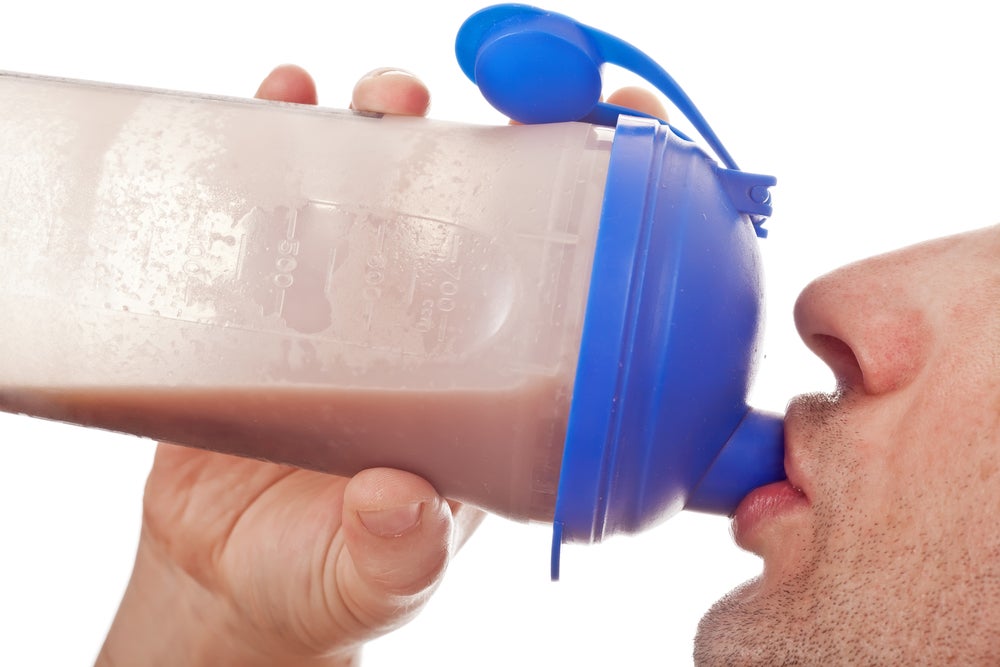The Proper Recovery Fuel for Every Type of Workout

Photo: Shutterstock.com
As a sport dietitian who specializes in endurance sports, one of the most common questions I receive from athletes is, “what should I eat after a workout?”
For the performance-focused athlete, effective refueling strategies can help optimize recovery so that you can achieve the desired training adaptations from your workouts. But recovery nutrition is much more than drinking a smoothie after your swim, bike, or run. Specific refueling recommendations vary based on fitness level, volume, and intensity of the workout, body composition goals, menstruation (for females), and daily energy intake needs.
To help you get the most out of your training sessions and to reduce the confusion on what, when and how much to eat post workout, it’s important to first understand the two important components of recovery nutrition: carbohydrates and protein.
Carbohydrates
Muscle glycogen represents the major source of carbohydrate storage in the body, followed by the liver and then blood glucose. Although muscle glycogen is the predominant fuel source for training, blood glucose is also an important source of fuel as muscle glycogen stores decrease. Because a strong relationship exists between muscle glycogen depletion and fatigue, consuming adequate carbohydrates on a daily basis and replenishing muscle and liver glycogen post-training are important to help you train consistently regardless of the workout volume and/or intensity.
Protein
Although the primary fuel sources utilized during exercise are carbohydrates and fats, the consumption of dietary protein at the conclusion of your workout can optimize your fitness (and body composition) by simulating muscle protein synthesis. Although there is an advantage to immediate post-workout refueling, your recovery window is actually open for 24 hours.
Carbohydrate + Protein = Recovery nutrition
It’s well known that the combination of protein and carbohydrate can optimize recovery to promote muscle tissue repair and maximize glycogen synthesis, but not every workout requires “recovery” nutrition.
Pass on the “recovery” snack if:
- You train once a day and have long recovery periods between two workouts
- Your workout is neither intense or high volume (ex. low to moderate intensity for ~75 minutes or less)
What you eat post-workout should contribute to your daily carbohydrate, protein, and caloric needs, assisting in appetite control, while keeping your energy levels high throughout the day. In other words, no need to count your macros in your post-workout meal to get your recovery nutrition just right. Whenever possible, choose real food over bars and powders. Your main priority is to eat a healthy, well-balanced meal or snack after your workout is complete.
Post workout examples:
- Snack option: ¾ cup Greek yogurt + 1 cup strawberries + 2 tbsp granola + 1 tbsp ground flax
- Meal option: Wrap, two slices bread or 1 potato with 4 ounce chicken, 2 scrambled eggs or 4 ounce tempeh, veggies/leafy greens, ¼ cup smashed avocado
Take your recovery nutrition very seriously if:
- There are less than 8 hours between two workouts
- Your workout leaves you exhausted or depleted (typically high intensity/volume)
- Muscle damage has occurred (ex. intense strength training)
- Your workout included eccentric movements (ex. downhill running)
Start consuming carbohydrates and protein immediately post-workout. Your recovery nutrition should be viewed as additional calories on top of your daily energy intake needs to support your active lifestyle. In other words, recovery snack first, then consume a “real meal” as part of your daily diet. Recovery nutrition guidelines include:
- ~50-80g carbohydrates + ~15-25g protein
- Consume within 30 minutes post workout (as your stomach/appetite permits) because blood flow to the muscles is highest post-workout and your your muscles crave nutrients, like amino acids from protein and glucose from carbohydrates.
- Choose liquid calories over solid food if you lack an appetite post-workout.
- Choose medium to high glycemic carbohydrate foods, rich in glucose and sucrose to restore muscle glycogen.
- Protein sources should contain a high concentration of essential amino acids.
Recovery nutrition examples:
- 25g whey protein isolate (or vegan protein) + 4-8 ounce milk (of your choice) + 1.5 cups cereal (ex. corn flakes cereal)
- 2 hardboiled eggs + 1.5-2 cups rice
- 1 cup cooked quinoa + 2 tbsp nutritional yeast + 8 ounce Orange Juice
- ¾ cup Greek yogurt + 1 cup blueberries + 1 small banana
Fluid replacement
Whenever your body experiences a fluid deficit (ex. excessive sweating), don’t forget to rehydrate. Although water is convenient and may quench your thirst, it’s not an effective rehydrating beverage. Because water along with sodium will allow for complete rehydration, don’t forget to add a little salt to your post-workout drink, snack, or meal. Pass on caffeinated (ex. soda, energy drinks) and alcoholic beverages as neither will optimize recovery or rehydration.